Entertainment
Storytelling, music, drama, dance, and different kinds of performance exist in all cultures, were supported in royal courts, and developed into sophisticated forms over time, becoming available to all citizens.Dramatic examples include Shakespeare's influential play Hamlet, whose hero articulates these concerns in poetry; and films, such as The Matrix, which explores the nature of knowledge[11] and was released worldwide.[15] The "ancient craft of communicating events and experiences, using words, images, sounds and gestures" by telling a story[16] is not only the means by which people passed on their cultural values and traditions and history from one generation to another, it has been an important part of most forms of entertainment ever since the earliest times."The earliest storytelling sequences we possess, now of course, committed to writing, were undoubtedly originally a speaking from mouth to ear and their force as entertainment derived from the very same elements we today enjoy in films and novels.For example, a story told in dramatic form can be presented in an open-air theatre, a music hall, a cinema, a multiplex, or as technological possibilities advanced, via a personal electronic device such as a tablet computer.One of the most famous venues in the Western world, the Colosseum, "dedicated AD 80 with a hundred days of games, held fifty thousand spectators," and in it audiences "enjoyed blood sport with the trappings of stage shows".In the court at the Palace of Versailles, "thousands of courtiers, including men and women who inhabited its apartments, acted as both performers and spectators in daily rituals that reinforced the status hierarchy".They are also important components of celebrations such as coronations, weddings, birthdays civic or political achievements, military engagements or victories as well as religious obligations, one of the most famous being the Banqueting House, Whitehall in London.But when we happen to put our thoughts in writing, how easily, later on, does our mind race through an infinity of events, incessantly alive, so that a long time afterwards when we take up those written pages we can return to the same place and to the same disposition in which we once found ourselves.For example, composers Rimsky-Korsakov, Ravel and Szymanowski have each been inspired by the Scheherazade story and turned it into an orchestral work; director Pasolini made a film adaptation; and there is an innovative video game based on the tale.Examples include the Hindu Ramayana and Mahabharata; Homer's Odyssey and Iliad; the first Arabic novel Hayy ibn Yaqdhan; the Persian epic Shahnameh; the Sagas of Icelanders and the celebrated Tale of the Genji.Originally published in the early 19th century, this collection of folk stories significantly influence modern popular culture, which subsequently used its themes, images, symbols, and structural elements to create new entertainment forms.[116] From the 1930s to 1950s, movies and radio were the "only mass entertainment" but by the second decade of the 21st century, technological changes, economic decisions, risk aversion and globalisation reduced both the quality and range of films being produced.[117] Sophisticated visual effects and CGI techniques, for example, rather than humans, were used not only to create realistic images of people, landscapes and events (both real and fantastic) but also to animate non-living items such as Lego normally used as entertainment as a game in physical form.It demonstrates that while some films, particularly those in the Hollywood tradition that combines "realism and melodramatic romanticism",[120] are intended as a form of escapism, others require a deeper engagement or more thoughtful response from their audiences.Dance is "a form of cultural representation" that involves not just dancers, but "choreographers, audience members, patrons and impresarios ... coming from all over the globe and from vastly varied time periods."[124] Ballet is an example of a highly developed Western form of dance that moved to the theatres from the French court during the time of Louis XIV, the dancers becoming professional theatrical performers.[133] Similarly, in Shanghai, China, in the 1930s, "dancing and nightclubs had come to symbolise the excess that plagued Chinese society" and officials wondered if "other forms of entertainment such as brothels" should also be banned.Between the demise of the Roman 'circus' and the foundation of Astley's Amphitheatre in London some 1300 years later, the nearest thing to a circus ring was the rough circle formed by the curious onlookers who gathered around the itinerant tumbler or juggler on a village green.Whether their mood is sombre or festive, being public events that are designed to attract attention and activities that necessarily divert normal traffic, parades have a clear entertainment value to their audiences."[155] In Europe from the Middle Ages to the Baroque the Royal Entry celebrated the formal visit of the monarch to the city with a parade through elaborately decorated streets, passing various shows and displays.First used in China, classical antiquity and Europe for military purposes, fireworks were most popular in the 18th century and high prices were paid for pyrotechnists, especially the skilled Italian ones, who were summoned to other countries to organise displays.[162] A comparable multi-stage, long-form sport with global appeal is the Tour de France, unusual in that it takes place outside of special stadia, being run instead in the countryside.For example, in the United States, baseball and basketball games are popular forms of entertainment; in Bhutan, the national sport is archery; in New Zealand, it is rugby union; in Iran, it is freestyle wrestling.[164] In some cases, such as the international running group Hash House Harriers, participants create a blend of sport and entertainment for themselves, largely independent of spectator involvement, where the social component is more important than the competitive.The consequence of excess and crowds can produce breaches of social norms of behaviour, sometimes causing injury or even death, such as for example, at the Altamont Free Concert, an outdoor rock festival.The Sydney Opera House, for example, is a World Heritage Site and The O₂ in London is an entertainment precinct that contains an indoor arena, a music club, a cinema and exhibition space.As an example of speed of change driven by electronic media, over the course of one generation, television as a medium for receiving standardised entertainment products went from unknown, to novel, to ubiquitous and finally to superseded.[193][194][195][196] Even the sports stadium of the future will increasingly compete with television viewing "...in terms of comfort, safety and the constant flow of audio-visual information and entertainment available."[197] Other flow on effects of the shift are likely to include those on public architecture such as hospitals and nursing homes, where television, regarded as an essential entertainment service for patients and residents, will need to be replaced by access to the internet.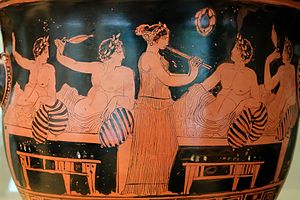


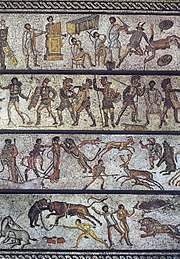
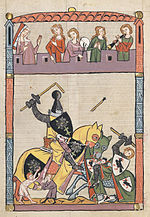

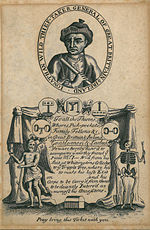



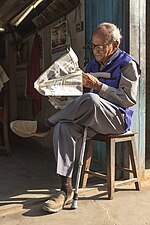



A seafarer tells the young Sir Walter Raleigh and his brother the story of what happened out at sea.
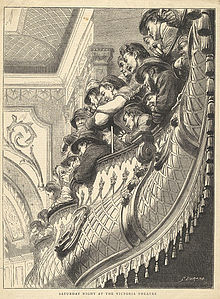

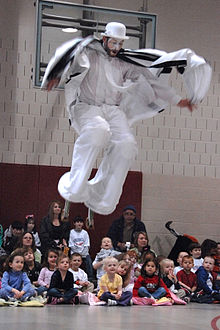
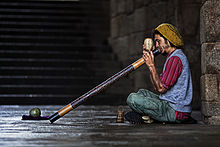
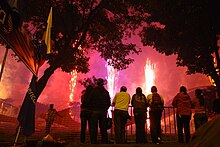
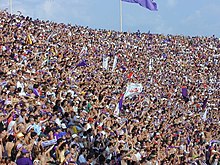



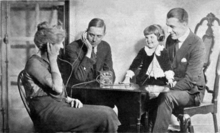
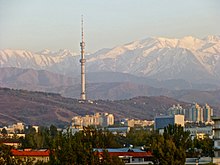
Generalist channelEntertainment (disambiguation)KottabosinterestaudiencepleasureStorytellingperformanceroyal courtsbanquetamusementceremonyreligious festivalsatireinsightrecreationleisuretelevision showtheatreconcertschildren's gamesstage magicvideo gamestell storiesplay musicFestivalsfencingarcheryhuntingspectator sportscookingOxford English DictionaryattentionWilliam CaxtoninfluencedmuseologyCavalleria RusticanaPietro MascagniPsychologistsgratificationneologismsedutainmentinfotainmentschadenfreudemeaning of lifeShakespeareHamletThe MatrixThe Hitchhiker's Guide to the Galaxyradio comedyaudiobookLP recordadventure gameonline gamePhrases from The Hitchhiker's Guide to the Galaxyartificial intelligencephilosophical methodEntertainment in the 16th centuryEntertainment during the Great DepressionAlbert BierstadtMosaicgladiatorialcampingjumpingpole vaultinghickorybamboocarbon fibrewalking on stiltscircusRoman EmpireCarthageCultural RevolutionRevolutionary operaWorld War IGreat DepressionRussian Revolutionmusic hallmultiplextablet computerauditoriumColosseumSpectaclesRalph HedleyMaya city statesdurbarMughalsBritish EmpireMaharajacommonersshamanNautchGoryeojoustingByzantine EmpireKomnenoiHong Kong handover ceremonyPalace of VersaillesaristocracyAccession DayQueen Elizabeth ItournamentsTiltyardWhitehallJonathan Wildpublic humiliationhangingbeheadingstoningdrawing and quarteringDickensThackerayNewgate PrisonPlay (activity)Pieter Bruegelmarbleschildren's musiciantelevision presentermagicianscostumed performerspuppeteersparty princessespuppetsclownspantomimescartoons